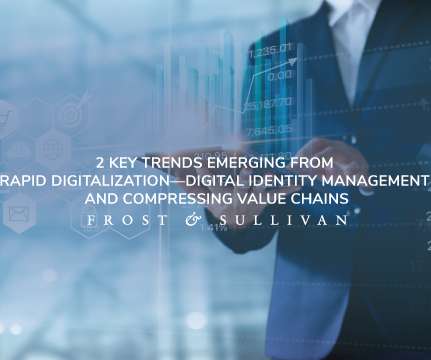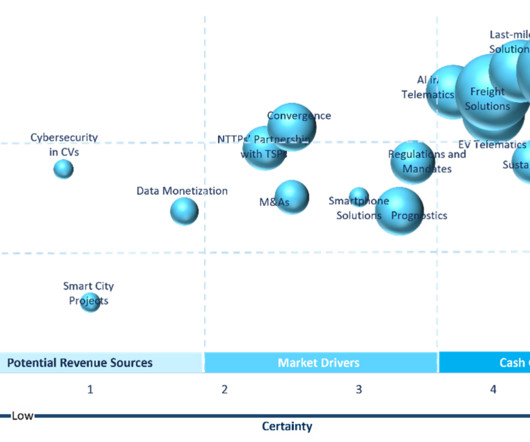The Future of Privacy in a Hyper-connected World
Frost & Sullivan
OCTOBER 29, 2021
It’s estimated that by 2030, the average person will have about 20 connected devices. As the number of IoT devices rises (estimated to reach 200 billion by 2030), this presents rapidly expanding points of vulnerability for cyberattacks and privacy breaches. Future business opportunities in providing privacy risk mitigation solutions.
















Let's personalize your content